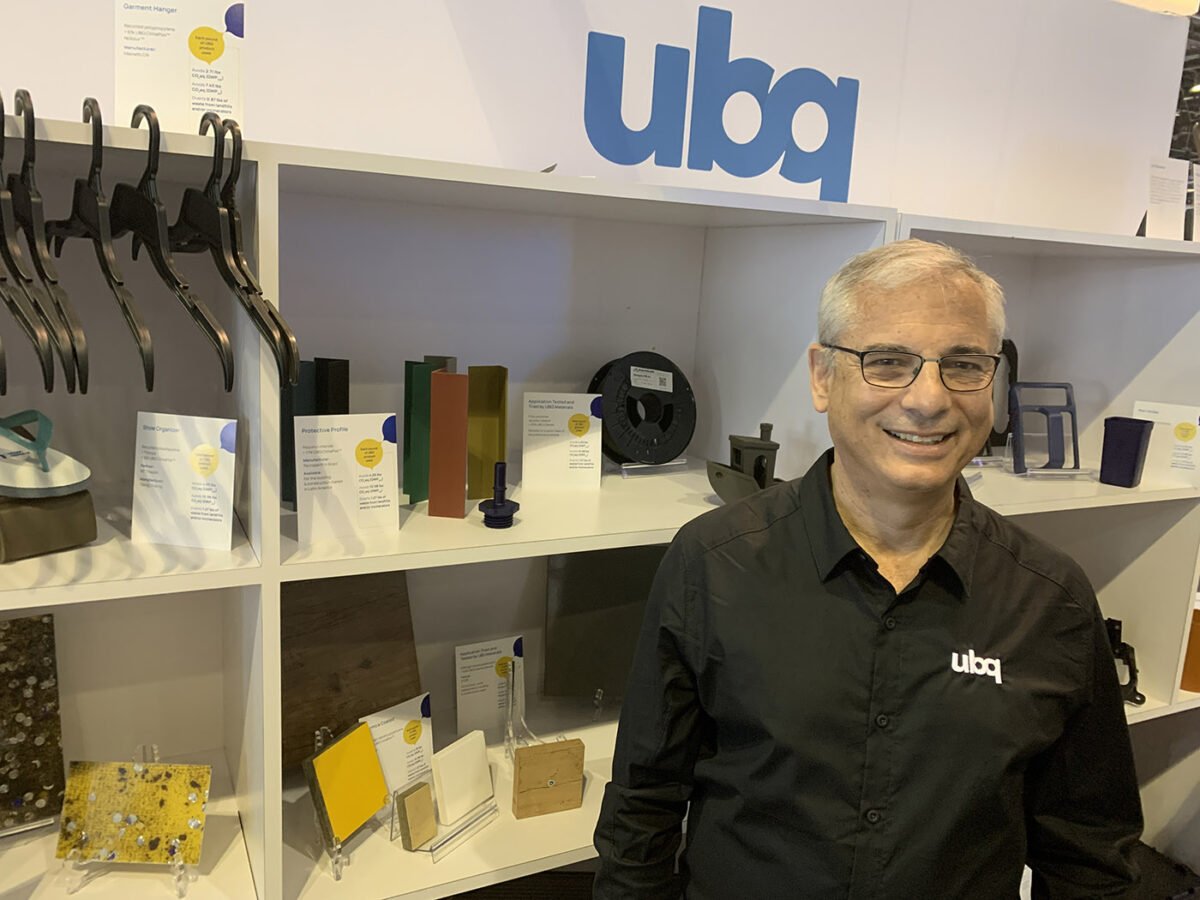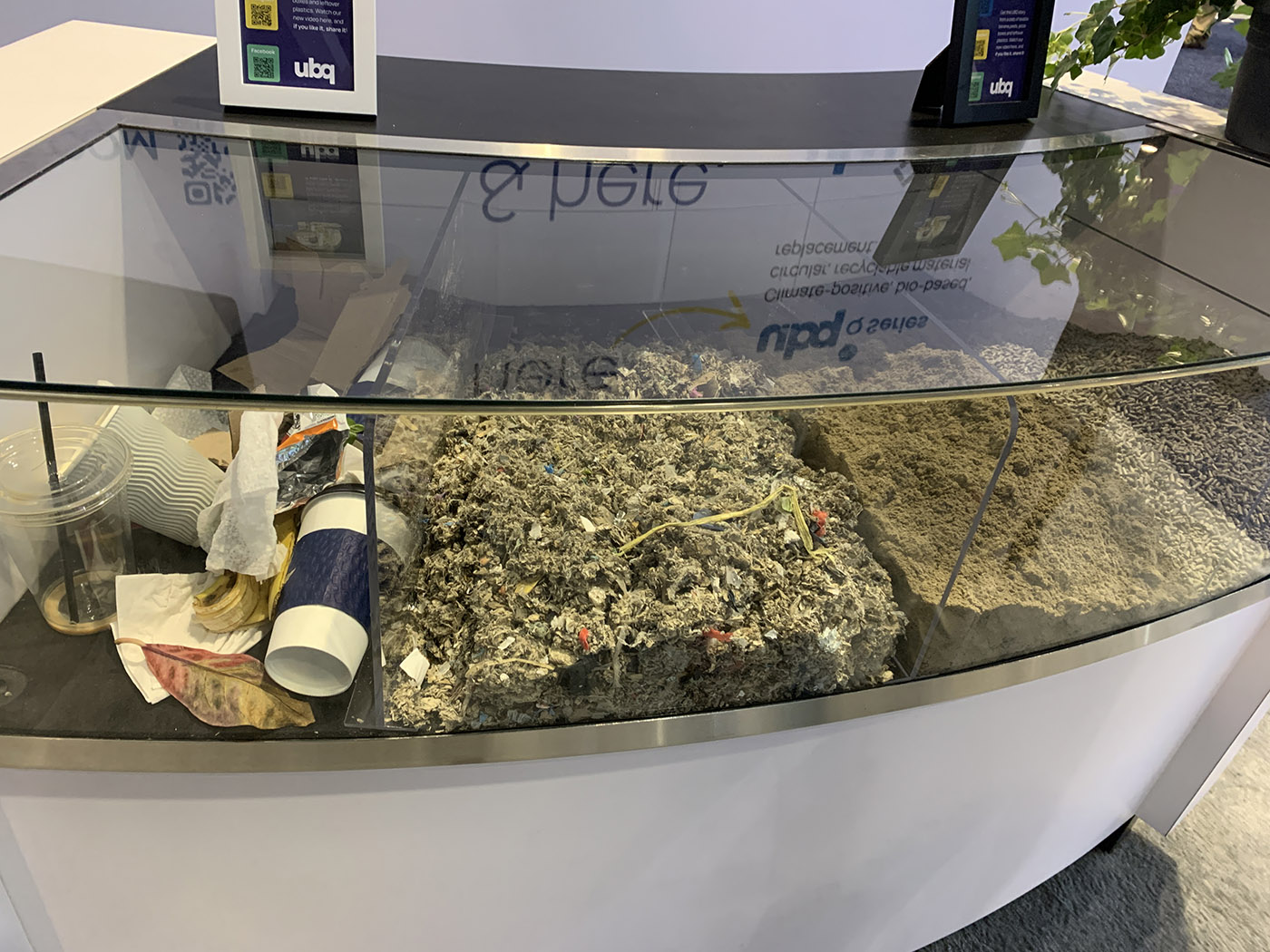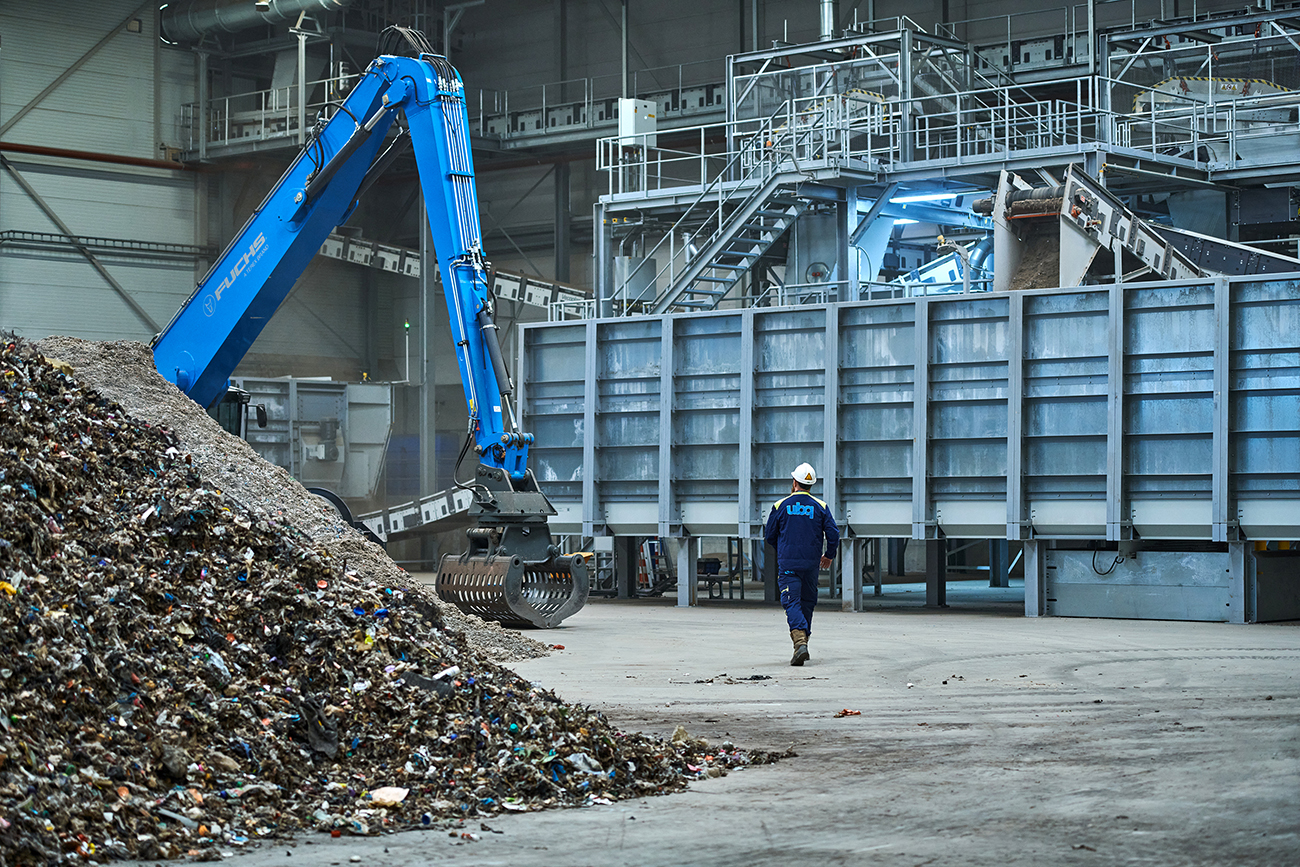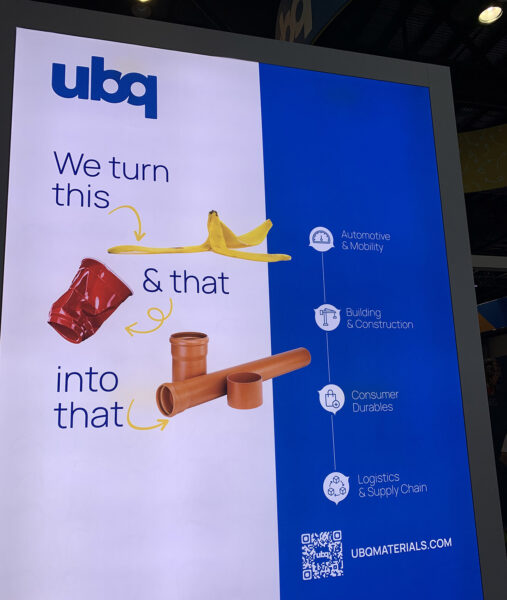A Look at UBQ Materials’ Waste-conversion Alchemy

UBQ Materials takes household garbage and transforms it into thermoplastic pellets or powder that processors can use to make everyday products
How does UBQ Materials Ltd. do it? How does the Israeli firm transform common household garbage into thermoplastic materials processed into valuable products?
The company has been getting media attention, but only some stories have delved into the patented technology underpinning the process. Albert Douer, the firm’s co-CEO and executive chairman, provided a peek behind the company’s curtain during an interview at NPE 2024 and in a follow-up phone discussion.
UBQ––derived from the term “ubiquitous”––was founded in Tel Aviv in 2012 and continues to refine its novel waste-conversion technology. Douer provided a brief overview of the process.
Household Garbage Wanted
“We get garbage almost daily except on weekends because they don’t allow garbage to travel on weekends in Europe.” UBQ traces each truckload of garbage it receives, for quality control purposes.
UBQ’s technology takes the organic content in municipal household waste and reduces it to its basic building blocks –– sugars, ligaments, fibers and cellulose. It reconstitutes those materials into a proprietary matrix that covers the non-converted waste, including all the plastics.
“We take the garbage of the garbage,” Douer said, the stuff recyclers or the waste-to-energy plant doesn’t want. This can include food scraps, greasy pizza boxes, multilayer film, dirty diapers, and the like.
Dry and Grind It
“The first thing that happens is we dry the waste or finish drying it, because many times it’s already been pre-dried.”
The company then passes the material through a grinder, if it hasn’t already been chopped up enough. “Think of an RDF [refuse-derived fuel] plant,” Douer said, “but far more pixelated. In other words, we really go after very, very small pieces.”
They then send the dried, ground-up material through what they call a waste-cleaning process to remove any abrasive contents. The garbage passes through a series of magnets and eddy currents, to extract any metals. Various types of destoners then scan the material to remove what Douer calls the “heavies” from the waste. “This is usually minerals, glass and even metals that weren’t removed by magnets.” Next comes the optical sorting.
Like Pyrolysis, but Without Combustion
“Just as pyrolysis does with polymers,” Douer explained, “we break down the organics into its building blocks. But our process is very different in that it is not energy-intensive and does not go all the way down to the molecular level as plastics pyrolysis does.” The resulting material is not a polymer, he notes, but it is a thermoplastic and can be used to replace plastics –– very cost competitively –– in many applications.
It uses no combustion in its process, and the temperatures they apply are well below anything used in chemical recycling.
“The key to our process,” Douer said, “is that the resulting composite material acts as a single, homogenous material that can be replicated time and time again.”
On Display at NPE

At its booth at NPE 2024 in Orlando in May, UBQ Materials displayed more than 40 products made with UBQ™. These spanned four industries –– consumer durables, building and construction, automotive, and supply chain and logistics. The samples showcased how companies such as McDonald’s, Mainetti, PepsiCo, Therpol and Tigre use these reconstituted thermoplastic materials to make their products more circular and sustainable.
The stand also included cocktail tables made with 75 percent UBQ Q Series material, the highest percentage of UBQ ever incorporated into a product. The firm notes, however, that it also is possible to use 100 percent UBQ for rigid applications. Covestro caught up with Douer at the show and shot this video, discussing UBQ’s technology.

The company’s big new plant in Bergen op Zoom, the Netherlands, can take 104,600 metric tons per year of municipal waste from local processing partners and convert it into 80,000 tons of UBQ thermoplastic powder or pellets. Photo courtesy of UBQ Materials Ltd.
At NPE UBQ Materials also joined one of its partners, compounder Teknor Apex, in a co-hosted presentation titled “From Landfill to Leading-Edge: Experience the UBQ Revolution.”
The company has recently opened a commercial-scale plant in The Netherlands and an office in Miami, as it continues to strike alliances, broaden its push into new applications, and expand into new geographic regions.

